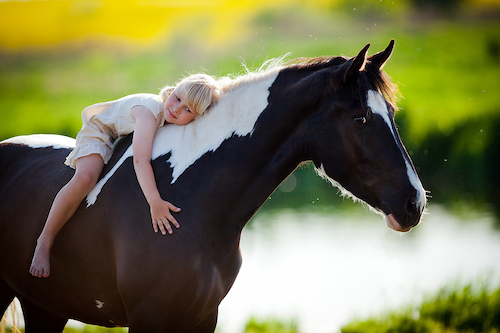A “Useful friend” is a work colleague, college buddy, or someone who is a useful part of your life’s purpose. A “Pleasure friend” is someone you share fun with: someone you go to the movies with or share sporting or artistic interests. A “Good friend” is a “real” friend: someone with whom you share mutual respect and admiration, someone with whom you can grow as a person, someone for whom you care more deeply.
Friends may move categories. When you first meet someone, it’s usually in the context of being thrown together by circumstance. Then, as you get to know them, they become a pleasure friend as you do things together and share fun. Then they may become a good friend, but this takes time and courage to go deeper, to go under the surface, to share more and find core values and develop mutual respect and admiration. Feelings of friendship grow even if you don’t go under the surface with your ideas and conversation; friendship grows just by sharing experiences.
Aristotle considered Useful and Pleasure friends to be rather fickle, and Good friendships to be more enduring. Good friends stick through think and thin; it’s the type of friendship most of us crave. Good friends are usually old friends from childhood. The older you get, the more difficult it is to make really good friends, but it can be done, particularly when you Appreciate the people around you.
ACCEPT: Appreciate their strengths, Accept their weaknesses
How many people want to be criticized or condemned? Not many. Most of us would like to be Appreciated for the good in us, and we would like to be Accepted as people in spite of all our faults. We all have many faults; we are all flawed human beings. In my professional life and in my social life, I have met and heard the life stories of many thousands of people, and I have never met anyone who was anything near perfect. Many of us (most of us? all of us?) hide our faults and weaknesses and put our best foot forward. Some of us even try to impress each other by trying to “look good”. Most people Appreciate this, but, sooner or later, for real Acceptance, we’ll have to risk showing our real selves.
In growing friendships, little by little we’ll expose more and more of our strengths and weaknesses. This will need Appreciation and Acceptance: Appreciate strengths and Accept weaknesses. Hopefully, your friend will Appreciate your strengths and Accept your weaknesses as you Appreciate and Accept theirs. It’s always give and take, but you can only control your side of things.
Practical suggestions
The way to Appreciate their strengths is to point them out, comment on them, and talk about them when you see your friend. Be genuine in your praise.
You know, you’re one of the few people I can be really honest with.
I admire your confidence.
Thanks for being understanding about this, I really appreciate it.
The way to Accept their weaknesses is to not say anything about them early in the friendship, refer to them indirectly as the friendship progresses and, when things come up in conversation aim to get to yeah, I understand; I know that about you; no worries. Then bring attention to one of your weaknesses to equalize. Appreciate strengths, Accept weaknesses. Equalize. All genuine friendships are equal in power.
In Aristotle’s friendship types, 1. Useful friends are not as close as 2. Pleasure friends who are not as close as 3. Good friends. How can you be a good friend? You can appreciate them all, at the level the friendship is at:










